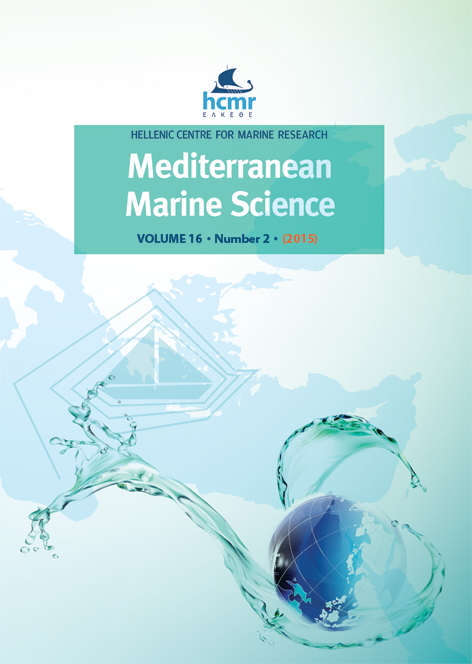First record of Dichotomaria obtusata (Ellis & Solander) Lamarck (Nemaliales, Rhodophyta) in the Mediterranean Sea

Abstract
Global climate change is causing the Mediterranean coastal area of Israel to gradually acquire tropical characteristics. Rising sea surface temperatures in the eastern Mediterranean basin have facilitated the introduction, settlement and establishment of hundreds of alien species (Zenetos et al. 2012). The vast majority of these exotic species are of Indo-Pacific origin. We report the occurrence of the genus Dichotomaria in the eastern Mediterranean on the basis of specimens identified as Dichotomaria cf. obtusata (J. Ellis & Solander) Lamarck. Tetrasporophytes with sporangial initials were identified morphologically and confirmed molecularly using plastid rbcL sequences. We also discuss possible paths of introduction of this and other alien species into the Levantine Sea.
Article Details
- How to Cite
-
HOFFMAN, R., LIU, S.-L., LIPKIN, Y., & STERNBERG, M. (2015). First record of Dichotomaria obtusata (Ellis & Solander) Lamarck (Nemaliales, Rhodophyta) in the Mediterranean Sea. Mediterranean Marine Science, 16(2), 325–330. https://doi.org/10.12681/mms.1107
- Issue
- Vol. 16 No. 2 (2015)
- Section
- Research Article
Authors who publish with this journal agree to the following terms:
- Authors retain copyright and grant the journal right of first publication with the work simultaneously licensed under a Creative Commons Attribution Non-Commercial License that allows others to share the work with an acknowledgement of the work's authorship and initial publication in this journal.
- Authors are able to enter into separate, additional contractual arrangements for the non-exclusive distribution of the journal's published version of the work (e.g. post it to an institutional repository or publish it in a book), with an acknowledgement of its initial publication in this journal.
- Authors are permitted and encouraged to post their work online (preferably in institutional repositories or on their website) prior to and during the submission process, as it can lead to productive exchanges, as well as earlier and greater citation of published work (See The Effect of Open Access).





